The best films for photography
Fuji Velvia 50
© 2013 KenRockwell.com
© 2013 KenRockwell.com
This is why I shoot Fuji Velvia 50:
Ruin, San Diego County, 28 July, 1996. bigger. tech details.
Here's more:
Mono Lake, California, 25 July 1993. bigger. tech details.
El Colegio, la Antigua, Guatemala, December, 1998. bigger. tech details.
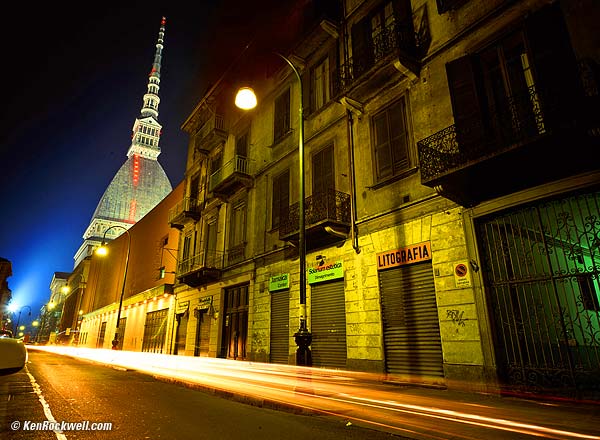
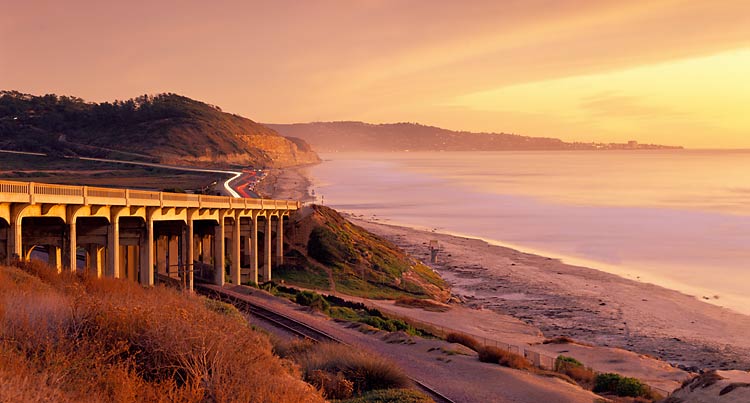
La Jolla as seen from Del Mar, 1992. (shot with Tachihara 4x5" camera, 210mm f/5.6 Nikkor-W, Fuji 4x5" Velvia.)
Zion National Park, October 2001. bigger. tech details.
Supai Motel, Seligman, Arizona, 16 February 2010. bigger. tech details.
That's the review. If you like colors like these
for subjects like these, this is why Fuji Velvia 50 has been the
professional standard for nature and landscape photography since its
introduction in 1990.
This is because Velvia 50 makes anything in
sunlight look incredible. It makes warm colors warmer, while keeping
everything else more vivid. It makes good dawn and afternoon light look
even better than reality.
Velvia 50 makes people's faces too red; use Velvia 100 or anything else for people, but for everything else worth shooting in color, it's all about Velvia 50.
You like these colors? These are nothing
compared to the way the film itself looks projected in a dark room.
Velvia is a slide film; you stick it in a projector, and it looks unlike
anything you've ever seen online or from a digital projector. These
images are merely quick scans of the film; the film itself looks far
better projected or on a light table, or printed.
I buy my Velvia from this link to it at Adorama and to it at B&H. You can buy it in other sizes in Japan. This free website's biggest source of support is when you use that or these links when you get anything, regardless of the country in which you live. Thank you! Ken.
|
Adorama pays top dollar for your used gear. |
Velvia is the reason I am still a photographer. Most of what you see at my Gallery is shot on it, not digital. My real photographer friends, like Alethea
Steingisser, are still out backpacking with their Pentax 67s
and Velvia today in 2007, bringing digital cameras only as a joke. It's
all about the look: Velvia simply makes landscapes and nature look the
way we want it to.
I started at age 11 in 1973 shooting Kodachrome
because it was such an elegant film, based only on technical
specifications. My photos were boring, and I almost gave up on
photography by the late 1980s.
In 1990 my TRW LSI colleague Mark Sauerwald
suggested I try some of this new Japanese stuff called Velvia, whose
colors were simply spectacular. No one trusted it back then, an old
timers like another colleague Frank Brunner warned me about the old days
(1950s) when people would try the latest, more vivid films instead of
Kodachrome, and discover a year later that their Anscochromes or
whatever were already faded away.
Since I also was moving from 35mm to 4x5" I needed to use a film available in 4x5," which was Velvia, and not Kodachrome.
I exposed my first frame of Velvia on July 9th,
1990, and was astounded. My slides now looked as vivid as I had always
intended. Instead of amplifying atmospheric haze, Velvia ate right
through it. Velvia amped up the colors to where they should be, not as
they were.
Today my 20-year-old Velvia slides still look
like the day the came back from the lab, which is a lot better than my
Kodachromes have ever looked. Sorry Frank. I haven't put the film ends
on a densitometer to measure just how identical they are, but I could.
I was hooked, and have shot nothing but Velvia
from that point on. My work excited me and I kept at photography,
instead of dropping it due to the disappointing green-cyan highlights
and pinholes in my Kodachromes.
Sharpness and Brilliance
Velvia is sharper than any other film. For blind people, this is shown in the Fuji Velvia 50 Technical Data Sheet on the last page as the MTF Curve.
Velvia's MTF peaks at 120% at 10 cycles per
millimeter. It is this 120% edge which gives Velvia 50 its greater
"bite" than other slide films. Velvia 50 makes everything look sharper
under the loupe.
Velvia is also the most brilliant film when seen
on a light table or projected because it has the highest dynamic range
of any other film: its dMax is darker than other slide films, giving
your slides and images the greatest on-screen dynamic range when
projected.
Nomenclature
Velvia was introduced in 1990, was always ISO 50, and was called simply "Velvia," edge code RVP.
Velvia was the last of Fuji's films that used
an older type of clear plastic film, the "base," on which the layers
were coated. All Fuji's films since 1990 have been on a different,
newer, better base, while classic Velvia used the old one from the
1980s. For about 10 years between 1995 and 2005, Velvia had been the
only film made on that obsolete plastic base.
Fuji couldn't justify making a film that
demanded its own production line for an old, very difficult to
manufacture base, and discontinued Velvia in 2005.
When Fuji heard the outcry for the original
Velvia, they did the right thing and went back and redesigned the
original coatings to work with the new base.
The new version is called Velvia 50, adding a
"50" to differentiate it from traditional Velvia. Its edge code is RVP
50, while the code for the original is simply RVP.
The only thing that's changed with Velvia 50 is
the plastic backing, not the coatings other than what modifications were
needed to get them to stick to the different base.
The new boxes say "Velvia 50" in gold metallic ink, while the original boxes said "Velvia" in hot-stamped shiny gold foil.
Fuji's redesigned Velvia 50 is the most significant new product of the 2000 decade.
Thank you Fuji!
100-speed Velvias
In 2003 Fuji introduced Velvia 100F,
a film improved in almost every technical way, but with somewhat less
vivid color. The only thing that matters is color, so 100F never became
popular for the landscape and nature photography for which Velvia has
been the standard since 1990.
I met one of Velvia's original designers, who
explained to me with great pride around 2003 that in Velvia 100F he
finally had fixed one of the original technical defects of Velvia.
This defect was that Velvia adds red to warm
colors. Yellows become slightly redder, oranges turn toward red and skin
gets ruddy.
The only huge problem is that this defect is
what gives Velvia its extraordinarily great look for landscapes and
nature. We photographers are out freezing ourselves to death every
sunrise hoping for the warmest first 60 seconds of sunlight to light up
rocks against blue skies, and Velvia helps us by warming (improving) the
golden sunshine. Velvia makes nature look better!
These Velvia 100s don't look anywhere near as good on a light table for the sorts of things I shoot on Velvia 50 as Velvia 50.
The ISO 50 versions are my favorites because I prefer their
warmer yellows. Velvia makes skin too red, but makes yellows look
wonderful. Velvia is for photographing things, not people. Velvia is not
accurate — it makes landscapes look better than reality, which is why it's been the world standard for landscape and nature photography since 1990. Most of my Gallery is shot on Velvia. Velvia 100 (RVP 100)
This is the good stuff the Japanese held back for themselves for a few years. It's as vivid as Velvia, faster, finer grained and much better for skin and long exposures.
Velvia 100 is better for skin because it doesn't turn warm colors redder as Velvia does, which is why Velvia 100 still doesn't look as good as Velvia for landscapes and still doesn't replace Velvia 50.
Velvia 100F (RVP 100F)
A duller and less warm version of Velvia 100.
Weight
A 35mm, 36 exposure roll of Velvia 50 weighs 0.780 oz (22.1g).
In the plastic can, it weighs 0.9725 oz (27.6g).
Recommendations top
You want these colors? Shoot Velvia 50! It comes in every format.
I use North Coast Photo Services (NCPS) for developing and scanning, and they do a lot of mail order from around the world.
I usually shoot it through an 81A (A2) filter at all times. In shade, I'll shoot through an 85C filter.
Velvia is very contrasty; you have to be careful. It pumps up what's dull, but if the image is already contrasty, you can be asking for trouble.
Forget about polarizers. They were for Kodachrome; with Velvia 50, only use polarizers if you're trying to cut through excessive haze. Otherwise, on a nice day, using a polarizer with Velvia 50 can turn the skies way too dark.
More Information: Fuji's Velvia 50 Technical Data Sheet.
Quick Chrome (Slide Film) Comparisons
This is all art, so everyone has their favorites, which is why there are more kinds of film than there are digital cameras.
Kodachrome: Green highlights, but was the pro standard for printing-press output. Proven long-term stability.
Velvia and Velvia 50: Today's standard for landscape and nature photography, ever since its introduction in 1990. WIld colors, ultra-sharp, makes warm light and colors even warmer, but makes people look sunburned.
Velvia 100: Less vivid than Velvia, doesn't help warm colors, but people look fine.
Velvia 100F: More faded colors than Velvia 100, but still snappy.
Provia 100 and 400X: Normal film for everything. Provia 400X is amazing: ISO 400 with not much more gain than slow films, but it will cost you.
Astia: Softer colors especially for people pictures. This is the portrait film.
Ektachrome: Yucky colors, too yellow-green in the highlights for me.
Help me help you top
I support my growing family through this website, as crazy as it might seem.
The biggest help is when you use any of these links to Adorama, Amazon, eBay, B&H, Ritz, Calumet, J&R and ScanCafe when you get anything.
It costs you nothing, and is this site's, and thus my family's, biggest
source of support. eBay is always a gamble, but all the other places
always have the best prices and service, which is why I've used them
since before this website existed. I recommend them all personally.
If you find this
page as helpful as a book you might have had to buy or a workshop you may
have had to take, feel free to help me continue helping everyone.
If you've gotten your gear through one of my links or helped otherwise, you're family. It's great people like you who allow me to keep adding to this site full-time. Thanks!
If you haven't helped yet, please do, and consider helping me with a gift of $5.00.
As this page is copyrighted and formally
registered, it is unlawful to make copies, especially in the form of
printouts for personal use. If you wish to make a printout for personal
use, you are granted one-time permission only if you PayPal me $5.00 per printout or part thereof. Thank you!
Thanks for reading!
http://www.kenrockwell.com/tech/film-resolution.htm

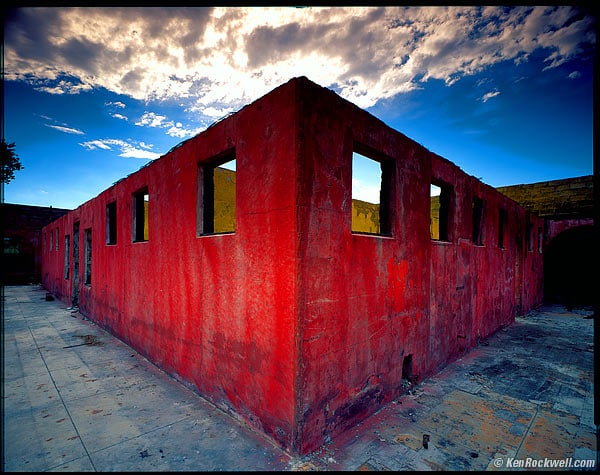
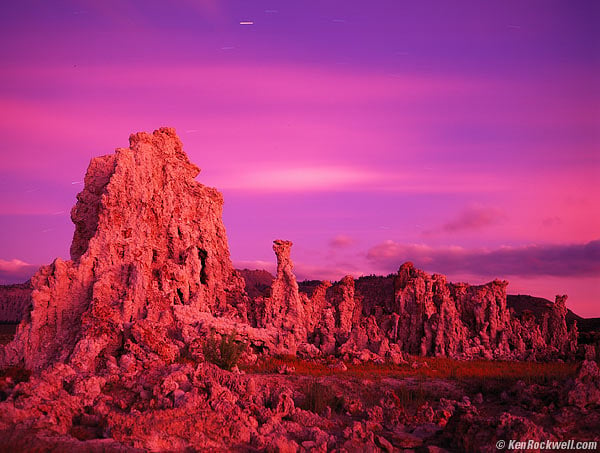
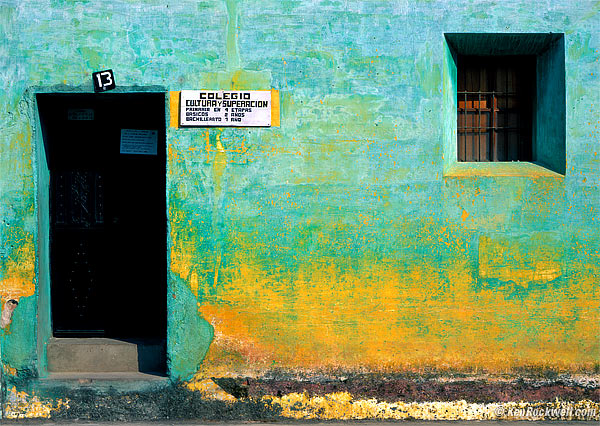
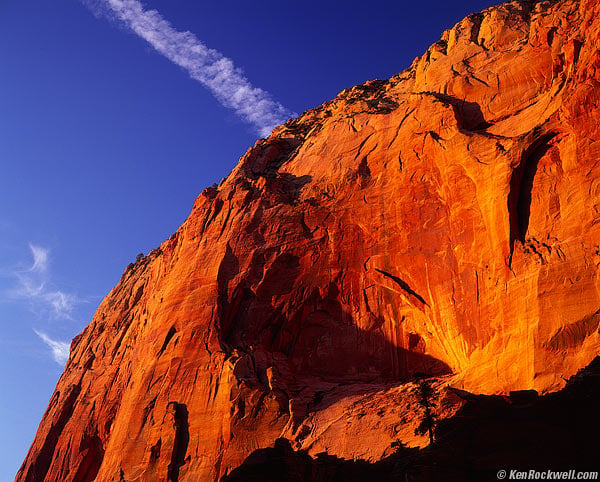
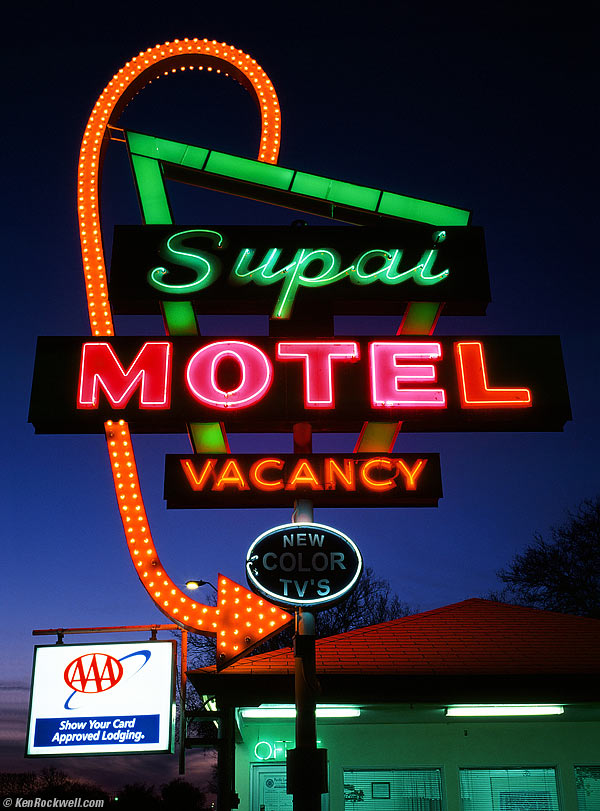

Comments
Post a Comment